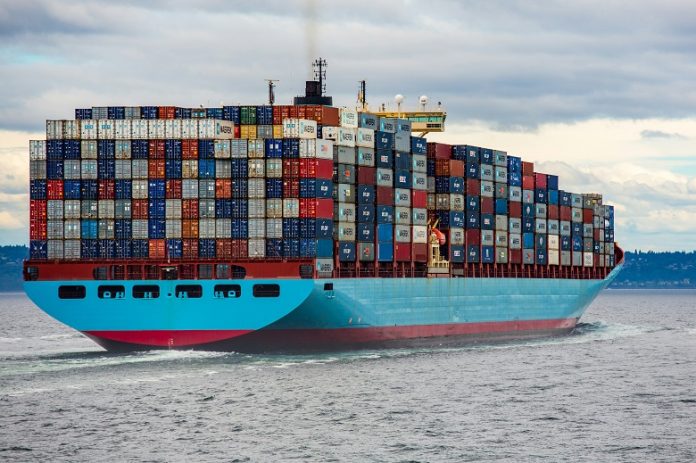On Wednesday, US President Donald Trump announced that the United States will import rare earth elements and magnets from China as part of a new trade agreement, which also includes a total of 55% tariffs on Chinese goods.
The agreement was reached after two days of negotiations in London between senior officials from both countries. According to Trump, final approval is pending from both himself and Chinese President Xi Jinping. Under the agreement, the US secures critical access to raw materials essential for technology, while Chinese students will once again be allowed to study at American universities.
However, Washington is maintaining high tariffs on Chinese products — an indication that the de-escalation of tensions is not absolute. These 55% tariffs are part of the US’s broader trade strategy aimed at protecting domestic industry and balancing trade relations.
The agreement follows a June 5th phone call between the two leaders, and meetings in Geneva and London, where challenges in the rare earth supply chain were a key topic. The US had previously accused China of restricting exports, while Beijing responded by criticizing US limitations on technology and education.
US Commerce Secretary Howard Lutnick stated that “a framework has been reached to implement the Geneva Consensus,” adding that the specifics of the implementation will be finalized once both presidents give their approval.
Despite remaining points of contention and mutual accusations of previous violations, the current deal is seen as a significant step toward stabilizing trade relations between the world’s two largest economies.






































